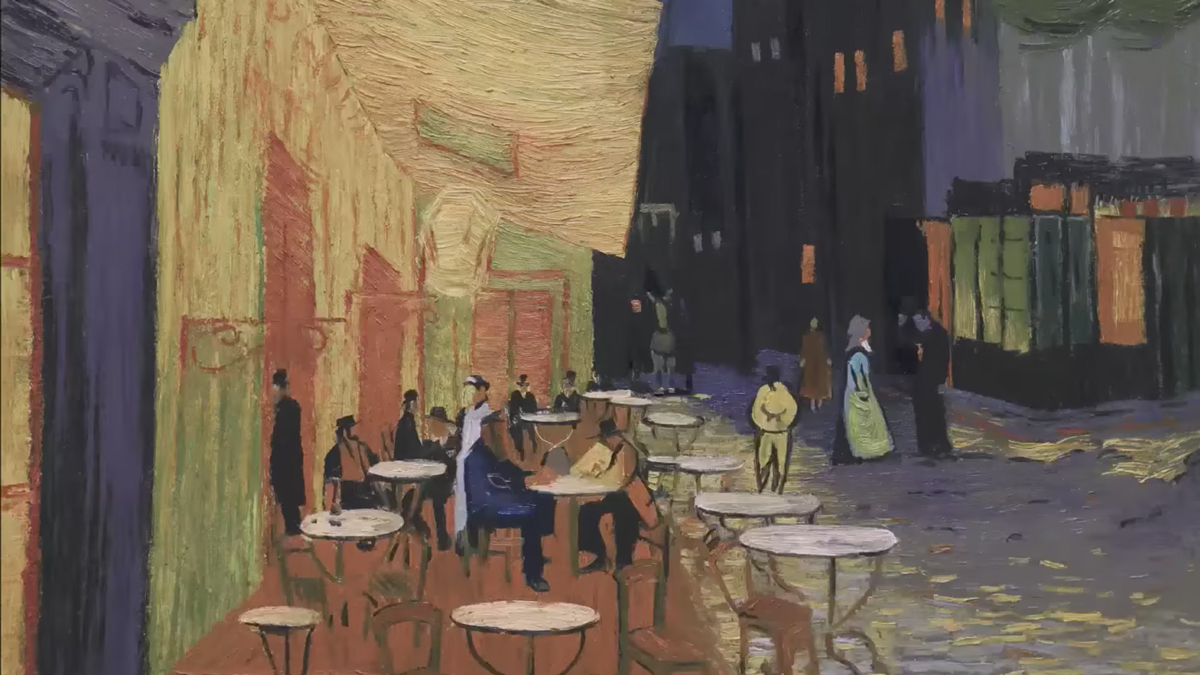Film Review: Loving Vincent
 supplied
suppliedLoving Vincent (2017)
Directed by Dorota Kobiela and Hugh Welchman
https://lovingvincent.com/
Vincent van Gogh, the proverbial tortured artist, could have his tragic story printed on the back of a cereal box and it would still be enough to reduce an audience to tears. A film about him, then, would have to be compelling and innovative on its own: in its script, acting, direction, and use of cinematic techniques. Lacking these elements, the film could not be a truly successful work of art — all its appeal would come from a pre-existing subject, revealing no originality on the part of the filmmakers.
Fortunately, the creators of Loving Vincent (2017) made the brilliant decision to model their film in the artistic vision of its subject. A breath-taking spectacle of stunning artwork and animation, it is the world’s first fully painted animated feature film. The novelty of its design undoubtedly elevates it to the rank of a much greater film than it would have been as a traditional form of live-action or animation. Every frame is an oil painting; every background is crafted in van Gogh’s immortal style. And while the general consensus is that his paintings are dynamic despite the stillness of their medium, it must be conceded that the animation in this film is incredible. From the first pan of the camera — descending from the sky of the widely known Starry Night to the Café Terrace at Night — to the final, haunting shot of the tormented yet stoic painter in his self-portrait, every detail — every rustling blade of grass — quivers with life.
It is morbidly fitting that this film is not about the life of Vincent van Gogh, but his death. A year after the shocking event, the audience follows Armand Roulin (Douglas Booth), son of the postman who delivered van Gogh’s letters, on his journey to deliver a final, lost letter from Vincent to his brother Theo. On learning that Theo has also died, Armand decides to visit Doctor Gachet (Jerome Flynn), who had been responsible for Vincent’s care. In the time he spends waiting for the doctor to arrive in town, Armand interacts with the village locals, all of whom have something to say about Vincent’s death but no solid answers as to how and why it happened.
The point of the film, however, is not to come to one single conclusion. Each person has a different theory, but they all express personal, touching accounts of van Gogh as they knew him. Highlighting in this way the enigmatic and deeply troubled character of the artist, the film wonderfully evokes audience sympathy. Accompanied especially by gorgeous visuals, a beautiful score, and a stellar performance by Robert Gulaczyk as Vincent, it is difficult to criticise. Albeit, there are some flaws: it is hard to emotionally invest in some of the main characters, there are instances of stunted, awkward dialogue, and inclusions of certain side characters are transparent attempts to simply recreate van Gogh’s portraits without any real bearing on the plot. However, these are not big problems and do not have a detrimental effect on the film as a whole.
Loving Vincent does not attempt to be a textual masterpiece. It tells a story that is always already devastating, so there is not a lot of work to be done in terms of developing events. But the way it distinguishes itself is no less than revolutionary. By presenting the entire film as a moving painting in the awe-inspiring style of Vincent van Gogh, it devises a unique, innovative form of expression, leaving the viewer stunned — if not at its plot, then certainly at its aesthetics.




